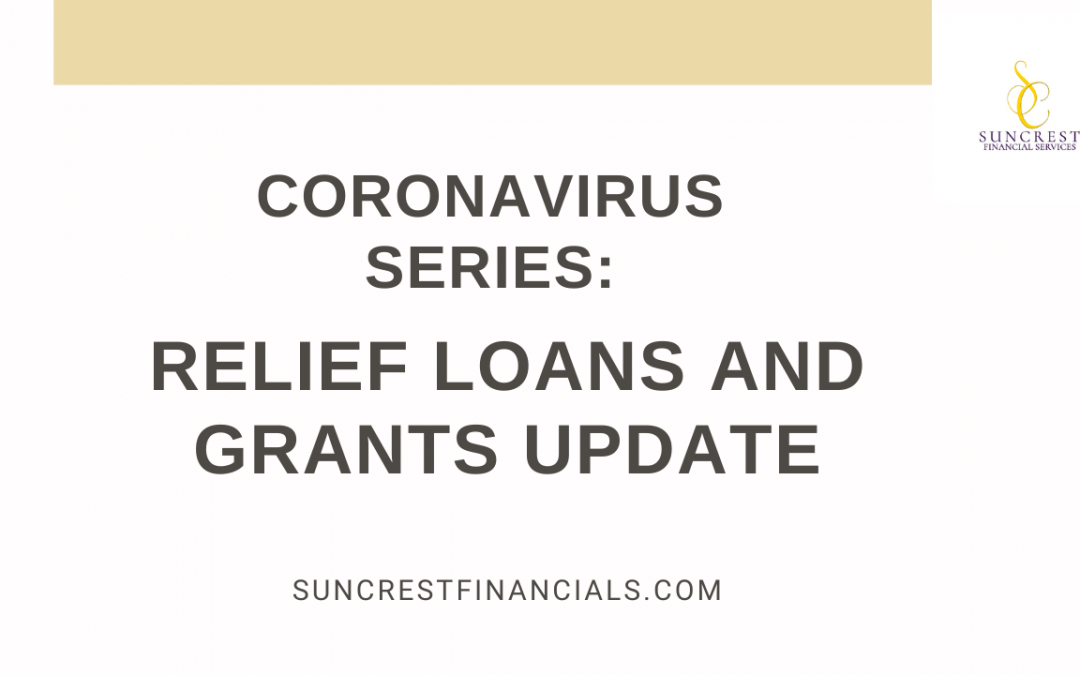COVID-19: Treasury and the SBA release Revisions to the First Interim Final Rule on the Business Loan Program.
As it became evident that COVID-19 was going to leave a trail of damage to businesses across the states, Treasury availed small business loans to support with payroll costs and more. These were termed the Paycheck Protection Program (PPP) and the CARES Act. The former was later announced that it could be fully forgiven. Shrouded in these loans were several unclear clauses. As we mentioned before, for example, their maturity. As such, we are happy that the Treasury and SBA have released rules that provide further guidance.
Before looking into the revisions to the First Interim Final Rule, here are some few things to know about the PPP:
- Many PPP borrowers can now start applying for loan forgiveness since their 8-week periods have passed.
- In the past, businesses were confused about loan forgiveness, deadlines. And how to count the start or end of the 8-week period. But the Flexibility Act enhanced the ability of lenders to make loans. And process loan forgiveness applications.
However, businesses that are yet to access the PPP loans need to apply as soon as possible since the SBA’s mandate to guarantee loans expires on the 30th of June 2020.
Below, we move on to the Revisions to First Interim Final Rule (85 FR 20811) of the PPP. These were drafted to achieve the following;
- To amend the covered period for PPP Loans from having a beginning and ending date of the 15th of February, 2020. And the 30th of June, 2020, respectively, to ending date of the 31st of December 2020.
- To extend the maturity date for PPP loans to 5 years. This applies to loans initially given a 2-year maturity date before the enactment of the Flexibility Act.
- To revise the deferral period on PPP loans. This means that, if borrowers submit to their lender a loan forgiveness application within ten months after the end of their loan forgiveness covered period, they will not have to make any payments of principal or interest on their loan before the date on which the SBA remits the loan forgiveness amount on the loan to the lender that they got the loan through.
- To point out that an eligible borrower will not be responsible for any loan repayment. If the borrower uses all of the loan proceeds for forgivable purposes, or if employee and compensation levels are maintained.
- To also reduce the mandatory initial 75% loan usage on payroll-related costs. To a minimum of 60% to qualify for full loan forgiveness.
- To provide further guidance over how borrowers may use the PPP loans to qualify for full forgiveness.
If you need further clarification on the above, do not hesitate to get in touch with us, we will happily provide answers to your questions.




